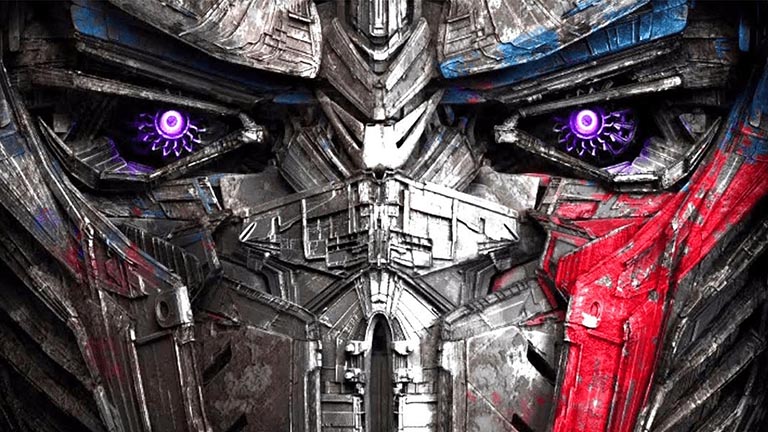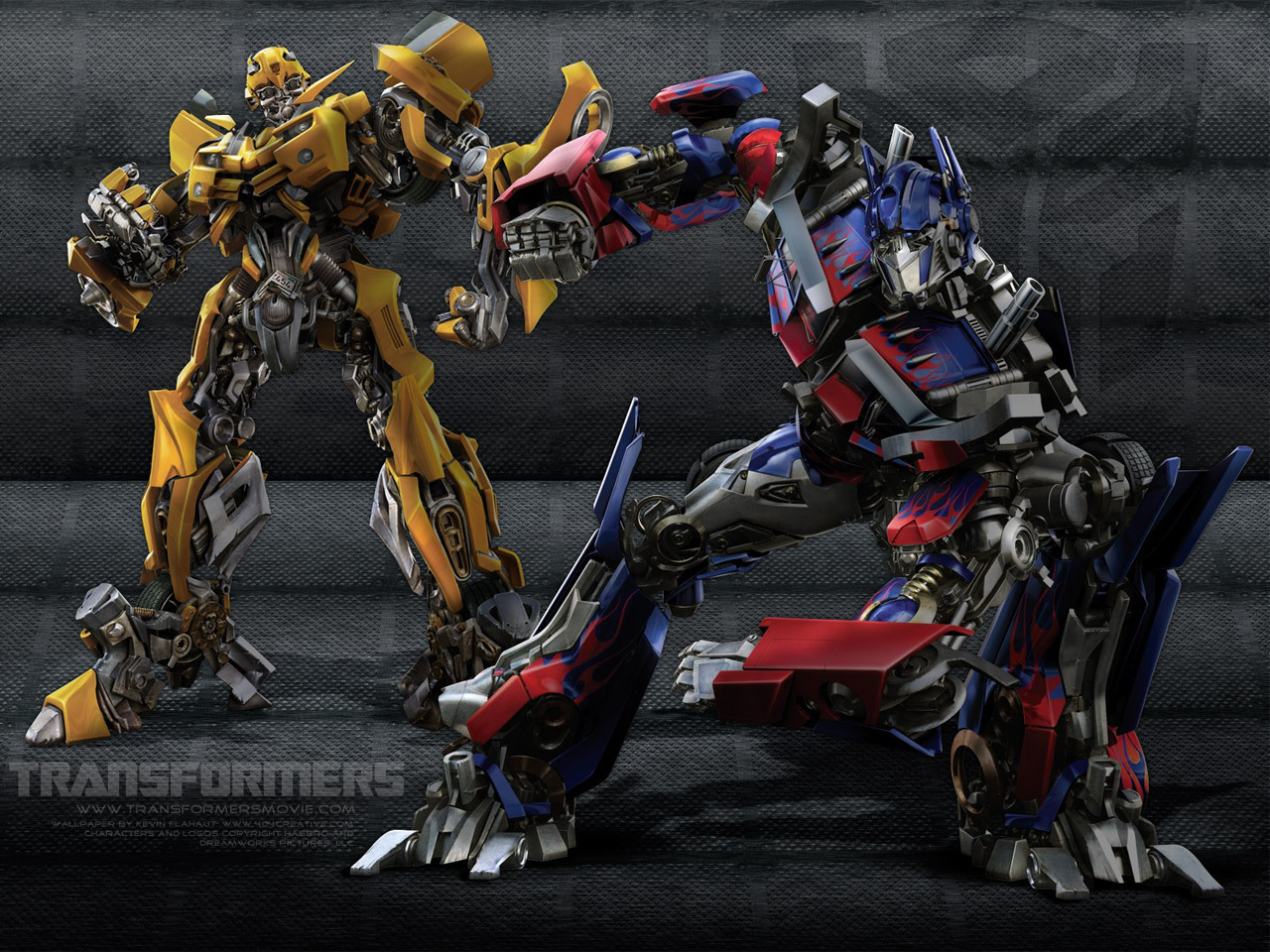

Everyone’s favourite robots return to the big screens tomorrow (Thursday 22nd June) in Transformers: The Last Knight. With Optimus Prime gone, Bumblebee and Cade (Mark Wahlberg) team up with an astronomer (Anthony Hopkins) to save the world.
While we waited for the film to hit cinemas, we started wondering how close we are to real bots that can reconfigure their parts on demand. So, we've put together a countdown of the top Transformers in development right now.
But first, take a look at the trailer.
Origamibot
Forget saving the best 'til last. This is the closest thing to a Transformer that we've seen, and it was made for under $100.
The origami robot from MIT is a polymer sheet, barely thicker than a piece of cardboard. It's coated in electronics and motors and, as it wakes up, it begins to fold. Within the space of four minutes, it stands up and walks away.
The whole thing is based on the same principles as shrinking a crisp packet in the oven; heating elements warm the polymer, bending it at pre-determined hinges.
Weighing in at less than 100g and moving at a speed of about 0.1 miles per hour, it's not going to replace Optimus Prime, but it's pretty impressive.
Sign up to the T3 newsletter for smarter living straight to your inbox
Get all the latest news, reviews, deals and buying guides on gorgeous tech, home and active products from the T3 experts
Dissolvable Origamibot
As if an origami Transformer weren't enough, MIT have also developed a soluble version of their folding robot. This one is ready in under a minute, it can walk, it can swim, and it's driven by a magnetic field. And, when it's no longer needed, it'll dissolve away in acetone.
Why is this useful? Because if you can make soluble Transformers, you can make edible ones.
The edible origami robot is build on the same design, with a layer of heat-shrinking material stuck between two structural layers (in this case, made of sausage skin). It's encased in a pill that dissolves in the stomach.
After the robot is released, it folds into its mobile form - an accordion shape with wrinkled corners. With help from a magnetic field, it can retrieve swallowed objects and might one day be able to help repair wounds.
M-Block
To the untrained eye, M-Block looks like a simple cube, but hidden behind its plain exterior is a flywheel that spins up to 20,000 times a minute. Stopping and starting the wheel makes the cube flip, jump and roll.
Its Transformer credentials come in the form of magnets, which coat the outside of the cube's surface. This allows one M-Block to connect to another, forming large re-configurable structures.
The ultimate goal according to the developers: to create bots that function like ‘liquid steel’ from Terminator II. “We want hundreds of cubes, scattered randomly across the floor, to be able to identify each other, coalesce, and autonomously transform into a chair, or a ladder, or a desk, on demand,” John Romanishin, M-Block Research Engineer.
Kilobot
If you like the idea of multiple M-Blocks snapping together to build a big Transformer, you'll love this next one. A team at Harvard have developed a robotic swarm numbering in the hundreds, and it's got a great name too.
Kilobots move independently on three spindly legs, with two motors that vibrate so that they can shuffle along a smooth surface. On their own, they're not much to look at, but they talk to each other using infrared light, working together like a colony of ants to form vast 2D structures.
They might not be as sturdy as a Transformer, but collective AI that can co-ordinate over 1,000 bots at once is worth getting excited about.
Milli-Motein
Move over Bumblebee, Milli-Motein is a chain robot with moves like a caterpillar. Modelled on biological molecules, this robot is made from a long string of motors and magnets, joined by flexible circuits. Each segment can twist relative to its neighbours, allowing the bot to curl up to form different 3D shapes.
Developed by a team at MIT, the motors were specially designed to hold their positions even when switched off. Electromagnets use power to shift the position of each segment, whilst permanent magnets hold them in place when the power is cut. For big Transformers, this kind of energy-saving tactic would be crucial.
Aqua Rescuebot
These aquatic dominoes are the synchronised swimmers of the real Transformer world. They get around using miniature pumps, one at each corner, allowing them to navigate across the surface of the water. Each one has its own sensors, and can move independently or joint up with its neighbours.
The bots can share their pumps, allowing precision movement and more power. The aim is to use them to clear pipes, or even for search and rescue, splitting up to find survivors and then coming back together to get them back to safety. Optimus Prime would approve.

We're clearly not at Transformer-level tech just yet, but things are definitely moving in the right direction. And, if you can’t wait for science to catch up with fiction, the movie is out Thursday 22nd June.
For more information about the Transformers: The Last Knight then check out the film's official website now.
-
 Leaked AirPods prototype looks like Nothing... literally
Leaked AirPods prototype looks like Nothing... literallyAnd we are here for them
By Britta O'Boyle Published
-
 OnePlus Watch 3 lands in the UK with a flurry of freebies and a huge discount
OnePlus Watch 3 lands in the UK with a flurry of freebies and a huge discountThe new titanium-clad smartwatch brings 120-hour battery life, ECG health checks, and some serious launch offers
By Matt Kollat Published